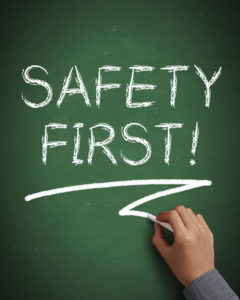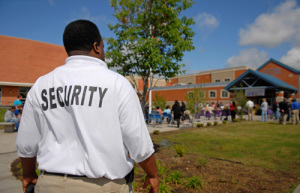Each year as summer begins to dwindle and the first day of school creeps closer, we start to wonder how prepared is our school for an emergency. Frequently reviewing your school’s emergency plan is a good idea, and the start of a new school year is the perfect chance to review. In efforts to raise awareness on emergency preparedness, Icom encourages schools to consider these five tips when looking over their emergency plan.
- Anticipate
Identifying and understanding all the potential emergency situations for an organization is imperative in developing a school emergency plan. What type of serve weather frequents the area, or what are some medical issues students may have? These are common scenarios a crisis management plan should consider. Every situation requires a different reaction, and a school should plan accordingly. Review all the emergency scenarios in the schools plans and determine in anything needs to be re-evaluated or added. Do not wait for the crisis to occur, prepare for it now.
- Train
Preparation and training for emergency situations helps reduce chaos and manage behavioral expectations of staff and students should a crisis occur. Review the roles each staff member has been assigned in the schools emergency plan. Provide updated training classes and rehearse the situation. Emergency response education is not just for the teachers, but the students as well. Running emergency drills teaches both students and staff the proper protocol in each situation.
- Communicate
Assess the school’s communication procedures. When an emergency hits how does the school communicate with others in the building or emergency personal? Cell phone communication can be unreliable during an emergency, as networks can become overloaded and fail. Two-way radios allow staff to communicate with a touch of a button, whether they are on the playground, in a classroom or in the hallways. Radios also provide a safe, instant and reliable form of communication with first responders.
- Inventory
Whenever a storm is about to hit, people run to the store to stock up on supplies in preparation for a potential emergency. Same concept should apply to a school’s crisis management plan. Although remember, advance notice of a potential “storm” may not be forecasted. Check the school’s inventory of emergency supplies at least once a year. Make sure all supplies are current and working: first aid kits, batteries, radios and more.
- Recovery
After any type of incident, the school’s emergency plan should be evaluated and updated if necessary. Review all emergency equipment and supplies. If anything needs to be replaced or updated do so immediately. When reviewing an emergency plan always remember it is better to be over-prepared than under.
More information about school emergency plans is available online.





